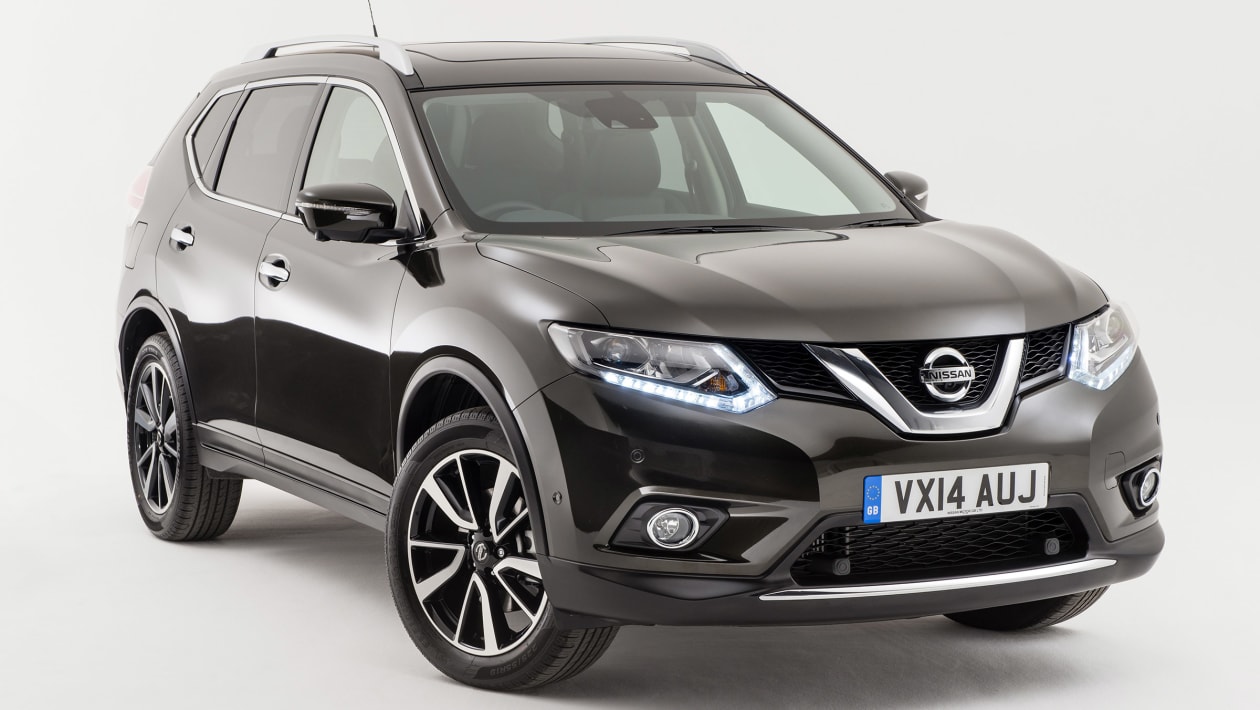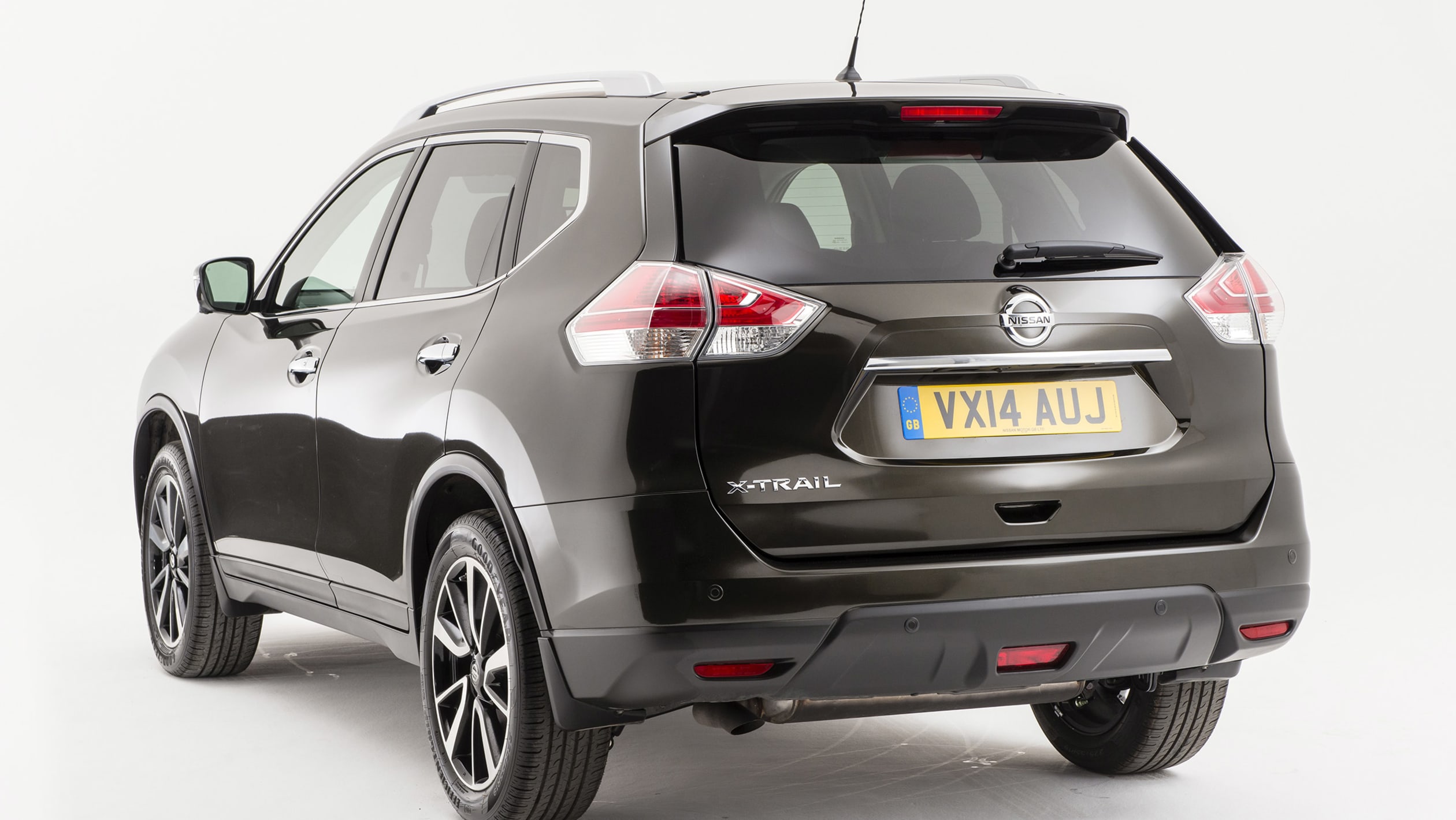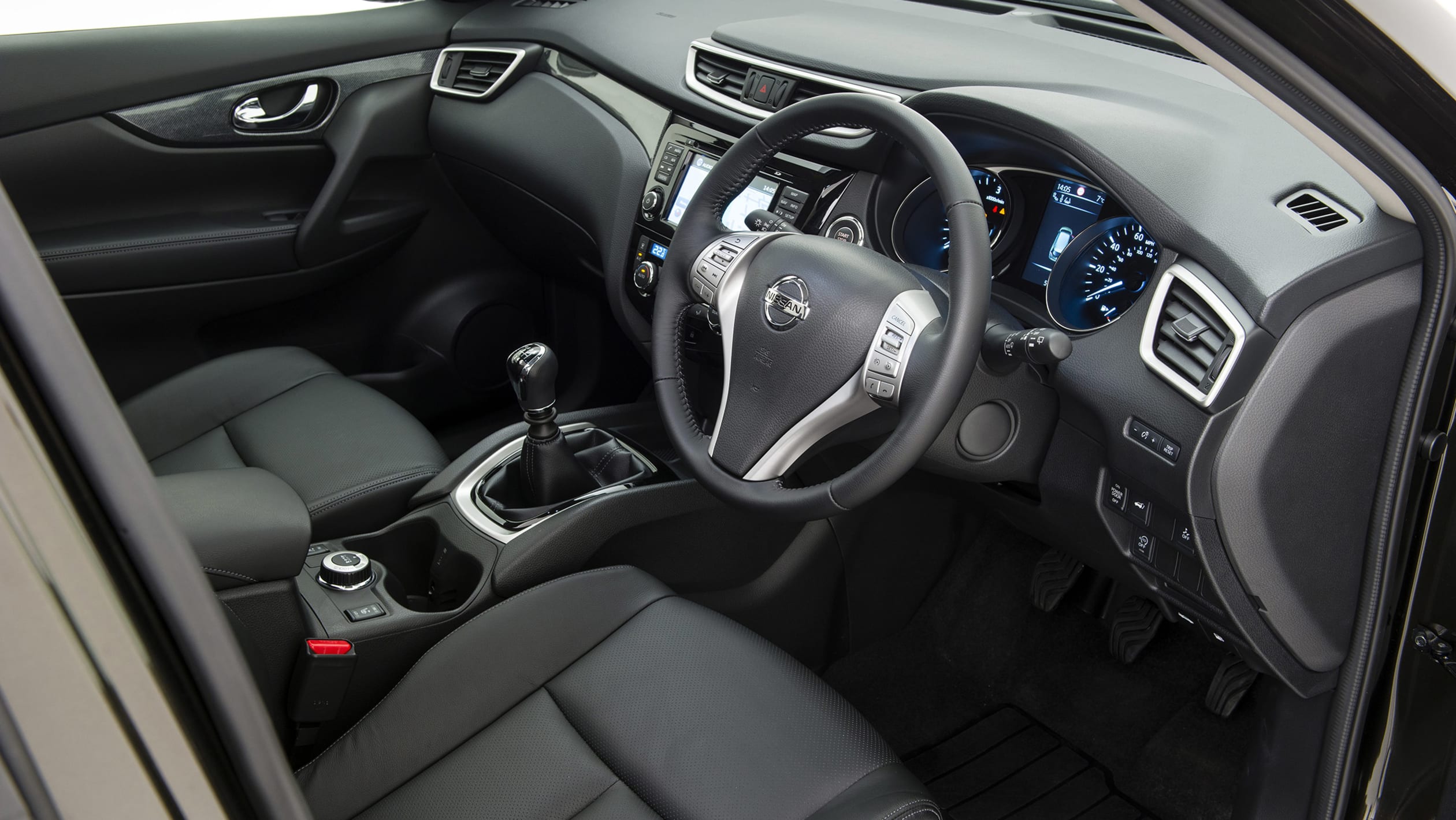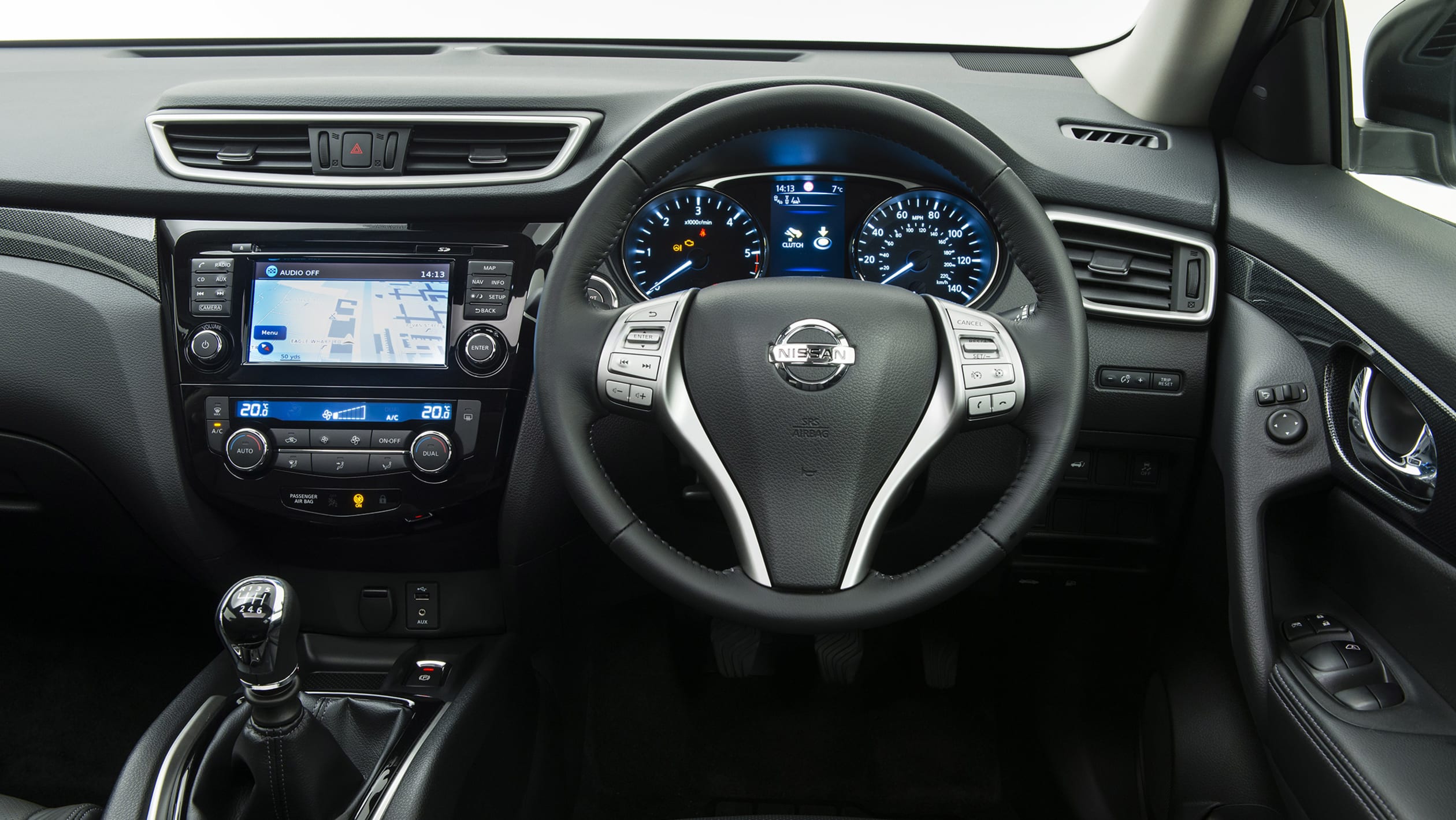A full used buyer’s guide covering the Nissan X-Trail for sale.


The X-Trail sits in a crowded market, especially if five seats are enough for your needs. But even if you need space for seven, there are many accomplished choices and it doesn’t really stand out. Still, the Nissan isn’t a poor buy; it looks smart, is well equipped and has a roomy cabin, but there are alternatives that offer these things and feel more special to drive and more solidly built and are just as affordable.
Nissan has a long history of making rugged SUVs; its Patrol was introduced way back in 1951. Over the years the company has produced a raft of other 4x4s, including the original X-Trail, which arrived in the UK in 2000.
The first two generations of X-Trail for sale were surprisingly capable off road, and offered reliable family transport at keen prices, even though the exterior design was uninspiring.
But with the Mk3, unveiled in 2013, Nissan brought the design right up to date. This sleeker and much more stylish SUV packed lots of hi-tech features. It also offered the option of seven seats, which is why there’s no second-generation Qashqai +2. So how does the X-Trail Mk3 stack up?
History
The third-generation X-Trail arrived at Group 1 Nissan in July 2014, codenamed T32; its predecessors were the T30 and T31. Only a 130bhp 1.6 dCi diesel engine was offered, with front or part-time four-wheel drive; the former was available with a six-speed manual or a CVT auto.
A 1.6 DIG-T turbocharged petrol engine appeared in January 2016, in 2WD manual form only, then in January 2017 a 175bhp 2.0-litre diesel was introduced, rated at 175bhp and offered with a manual gearbox (4WD only) or CVT (2WD or 4WD).
July 2017’s facelift brought a revised nose, better refinement and a higher-quality interior, plus LED rear lights, new wheel designs and DAB as standard across the range. There was also new standard and optional safety tech.
Which one should I buy?
The 1.6 DIG-T feels sluggish while the 1.6 dCi is noisy and short on torque, leaving the 2.0 dCi as the best option, especially if towing, but prices are high.
Entry-level Visia spec gets 17-inch alloys, cruise control, air-con, hill start assist and all-round electric windows. It also has a spare wheel, plus electrically heated and adjustable door mirrors.
Acenta trim adds privacy glass, power-folding door mirrors, dual-zone climate control, automatic lights and wipers, parking sensors front and rear plus an electrically operated sunroof.
n-tec has 19-inch alloys, a powered tailgate, DAB radio, a bird’s-eye parking camera, AEB and a suite of other safety aids. The top-spec Tekna features LED headlights, heated leather seats, blind-spot warning and automatic parking.
Noticeably more upmarket – and pricey – is the Volkswagen Tiguan. Older models come with five seats only, like the (more costly) Audi Q5 and BMW X3.
Interior
Inside, the X-Trail is less utilitarian than previous models, and feels more upmarket, with a modern design and plenty of passenger space – even if the optional third row is only for children. It’s still worth having, but boot space rises from 445 to 550 litres if you go for the five-seater. Find a car with a glass roof if you can; it really brightens up the cabin.
Driver Power owner satisfaction
In this year’s Driver Power satisfaction survey, the X-Trail came 60th out of 75 cars. It didn’t score particularly highly in any category, with the engine and gearbox rated towards the bottom of the table, along with build quality and reliability. Owners rated the car’s infotainment and safety highest, along with its practicality.


No comments:
Post a Comment